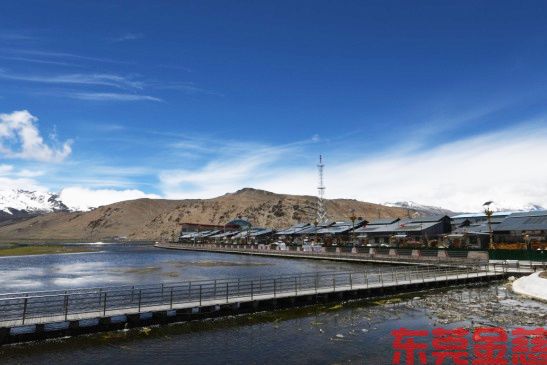當前位置:
網(wǎng)站首頁 — 城市交通設施的科技之路
城市交通設施的科技之路


Title: The城市 Evolution of Urban Transportation Infrastructure: A Journey into Technological AdvancementsIntroduction:Urban transportation has undergone a remarkable transformation with the integration of technology into its infrastructure. This article delves into the history of technological advancements in urban transportation facilities, highlighting the positive impact they have had on commuting efficiency and overall quality of life. Join us as we explore the evolution of city transportation systems over the years.1. Early developments:In the early days, cities primarily relied on traditional modes of transportation, such as horse carriages and trams. However, these means were limited in terms of speed, capacity, and reliability. As industrialization progressed, the need for faster and more efficient transportation systems became evident.2. Introduction of automobiles:The advent of automobiles revolutionized urban transportation. With the rise of mass production techniques, cars became more affordable and accessible to the public. Roads were constructed, and traffic signals were introduced to manage the increased flow of vehicles. This era marked the beginning of private vehicle ownership and personal mobility.3. Integration of public transportation:Recognizing the need for sustainable and efficient transportation for all, governments started investing in public transportation systems. Trains, subways, and buses emerged as viable alternatives to reduce traffic congestion and carbon emissions. These modes of transportation offered increased capacity and faster travel times, making commuting more convenient for the masses.4. Emergence of smart transportation:With the rapid development of technology, the concept of smart transportation emerged. Intelligent Traffic Management Systems (ITMS) were introduced to optimize traffic flow and reduce congestion. Smart traffic lights, sensors, and cameras were installed to monitor and analyze real-time traffic patterns, enabling authorities to make data-driven decisions for smoother commuting experiences.5. Rise of shared mobility:In recent years, shared mobility services, such as ride-hailing and bike-sharing, have gained popularity. Smartphone applications connect riders with drivers, promoting convenient and cost-effective transportation options. Shared mobility has also contributed to reducing the number of private vehicles on the road, leading to decreased congestion and improved air quality.Conclusion:Over the years, urban transportation infrastructure has witnessed significant advancements, transforming the way people commute in cities. From humble beginnings with horse carriages to the integration of smart technologies, each stage of development has progressively enhanced transportation efficiency and accessibility. As we move forward, technology will continue to play a pivotal role in further shaping the future of urban transportation, making our cities smarter, greener, and more connected for generations to come.
友情鏈接